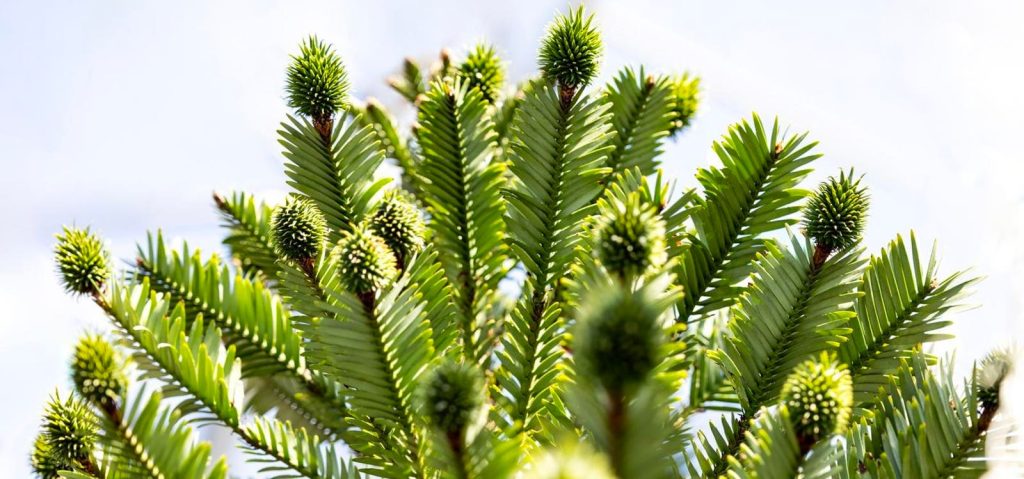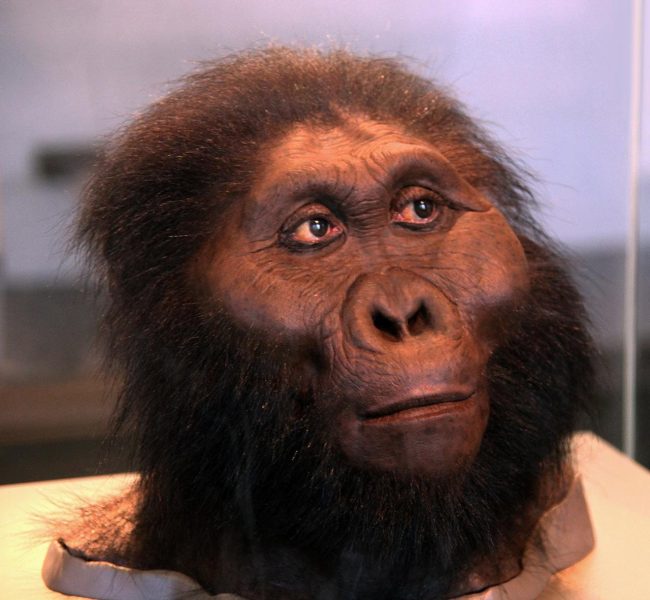Meet The World’s Most ‘Safeguarded’ Tree—A Jurassic Survivor Thought Extinct Until 1994 – Forbes

The Wollemi pine’s bark looks like bubbling chocolate—but its real secret? It’s a … [+] 200-million-year-old survivor from the age of dinosaurs.Hidden within the remote canyons of Wollemi National Park, located in New South Wales, Australia, is a tree so rare and ancient that its exact location remains a closely guarded secret.The Wollemi pine (Wollemia nobilis), a conifer species belonging to the 200 million year-old Araucariaceae family, was thought to have vanished from the planet—until a chance discovery in 1994 rewrote botanical history.Since then, this prehistoric survivor has been at the center of one of the world’s most intense conservation efforts. Its wild population, numbering just a handful of trees, is strictly monitored, with measures in place to protect it from poaching, disease and environmental threats. Even those permitted to visit the site must undergo decontamination procedures, ensuring that this relic from the Jurassic era remains untouched by modern dangers.In September 1994, David Noble, a field officer with the New South Wales National Parks and Wildlife Service, was trekking through a deep, narrow gorge in Wollemi National Park. As an experienced bushwalker and canyon explorer, Noble had navigated the rugged terrain before—but this time, something caught his eye.Towering above the dense vegetation was a tree unlike anything he had ever seen. Its dark, knobby bark, which looked like bubbling chocolate and its fern-like foliage were eerily reminiscent of fossils he had encountered in books. Curious, he collected a few samples and took them back for identification.What followed was one of the most shocking botanical discoveries of the century. Experts confirmed that the tree was not only a new species but also a completely new genus—Wollemia—a rare example of a “living fossil” (something like the Gingko biloba). With close relatives dating back to the Jurassic period, the Wollemi pine had defied extinction, surviving in isolation within this hidden canyon, completely undisturbed.Noble took some samples to the Royal Botanical Gardens in Sydney, where they were examined by botanists Wyn Jones and Jan Allen, who recognized the significance of what they were looking at. They handed it over to Carrick Chambers, the then-Director of the Royal Botanical Gardens, who claimed that it was the “botanical equivalent of finding a small dinosaur still alive on Earth.”It’s not every day that a tree from the age of dinosaurs is found alive and thriving. The Wollemi pine was a direct link to Earth’s ancient past, offering invaluable insights into plant evolution and resilience.The first order of business, after realizing there were only 100 trees in the wild, was securing their survival. Conservationists quickly restricted access to the site, ensuring that the trees would remain undisturbed. The exact location of the grove was kept confidential, and only a handful of researchers were allowed near it.Strict biosecurity measures were put in place to prevent the introduction of pathogens, particularly Phytophthora cinnamomi, a deadly soil-borne disease that could wipe out the fragile population. Anyone permitted to visit had to undergo decontamination procedures to minimize the risk of contamination.Despite its fragile status, the Wollemi pine has not only survived but has become a global conservation icon. Recognizing the need to safeguard its future, conservationists have worked to ensure that young trees are now growing in botanic gardens and private collections worldwide, far beyond the remote canyon where they were first discovered.Over the years, the Wollemi pine has taken on a new role in global diplomacy, symbolizing resilience, longevity and the importance of conservation. Seedlings have been planted in prestigious locations, including the Royal Botanic Gardens in Sydney, Kew Gardens in London and other protected sites around the world.These young pines act as ambassadors for biodiversity, reminding us that some of Earth’s most ancient species still need protection.In 2005, the Wollemi pine was made commercially available, allowing individuals and institutions to own and grow this prehistoric marvel. The idea was simple: by putting Wollemi pines in backyards and botanic gardens, conservationists could reduce the risk of illegal poaching while securing a future for the species outside its vulnerable wild habitat.Though the commercial partnership officially ended in 2010, many young trees continue to be cultivated worldwide. Today, owning a Wollemi pine is not just a novelty—it’s a small but meaningful act of conservation.A newly planted juvenile Wollemi pine (Wollemia nobilis) growing on a lawn in a garden in rural … [+] Devon, England.Meanwhile, in its natural habitat, the species remains under strict protection. As of 2021, only 46 adult Wollemi Pines remain in the wild, accompanied by several dozen juveniles. Conservationists are closely monitoring the population, implementing biosecurity measures to shield the trees from disease, climate change and wildfires (the 2019-20 wildfire in Australia destroyed several Wollemi pines)—all of which pose a constant threat.What began as a secret discovery deep in the canyons of Wollemi National Park has now evolved into one of the most remarkable conservation stories of the modern era. While the species remains critically endangered, conservation efforts have helped secure its future beyond the wild. The Wollemi Pine now grows in gardens, research institutions and protected landscapes worldwide—but its survival in the wild still hangs in the balance. For a tree that coexisted with dinosaurs, that’s not a bad comeback.The story of the Wollemi pine speaks to the amazing resilience of life on Earth. But it is also a reminder of how delicate and irreplaceable our natural world is. Take the free Connectedness To Nature Scale to learn how important nature is to you.One Community. Many Voices. Create a free account to share your thoughts. Our community is about connecting people through open and thoughtful conversations. We want our readers to share their views and exchange ideas and facts in a safe space.In order to do so, please follow the posting rules in our site’s Terms of Service. We’ve summarized some of those key rules below. Simply put, keep it civil.Your post will be rejected if we notice that it seems to contain:User accounts will be blocked if we notice or believe that users are engaged in:So, how can you be a power user?Thanks for reading our community guidelines. Please read the full list of posting rules found in our site’s Terms of Service.






